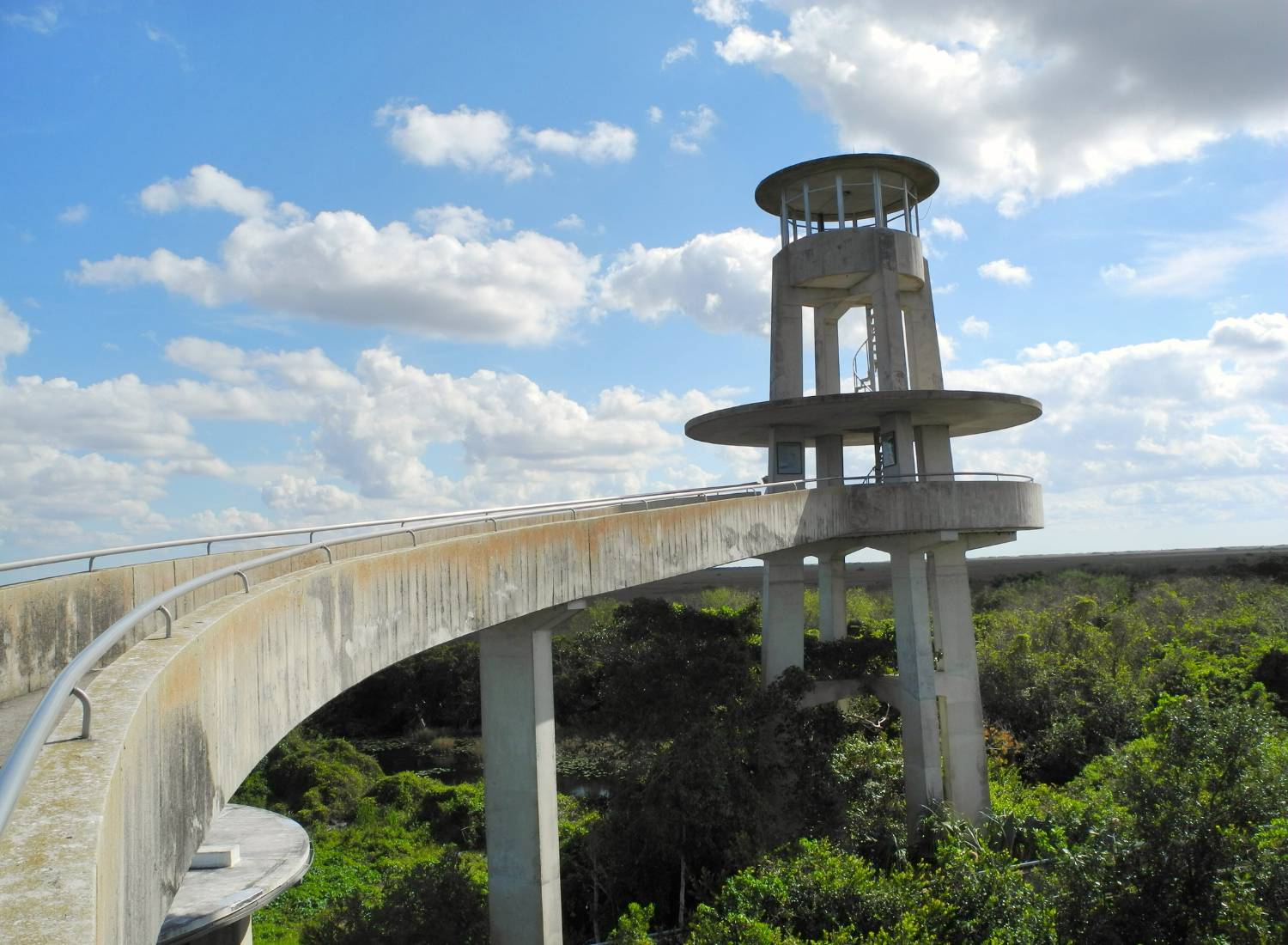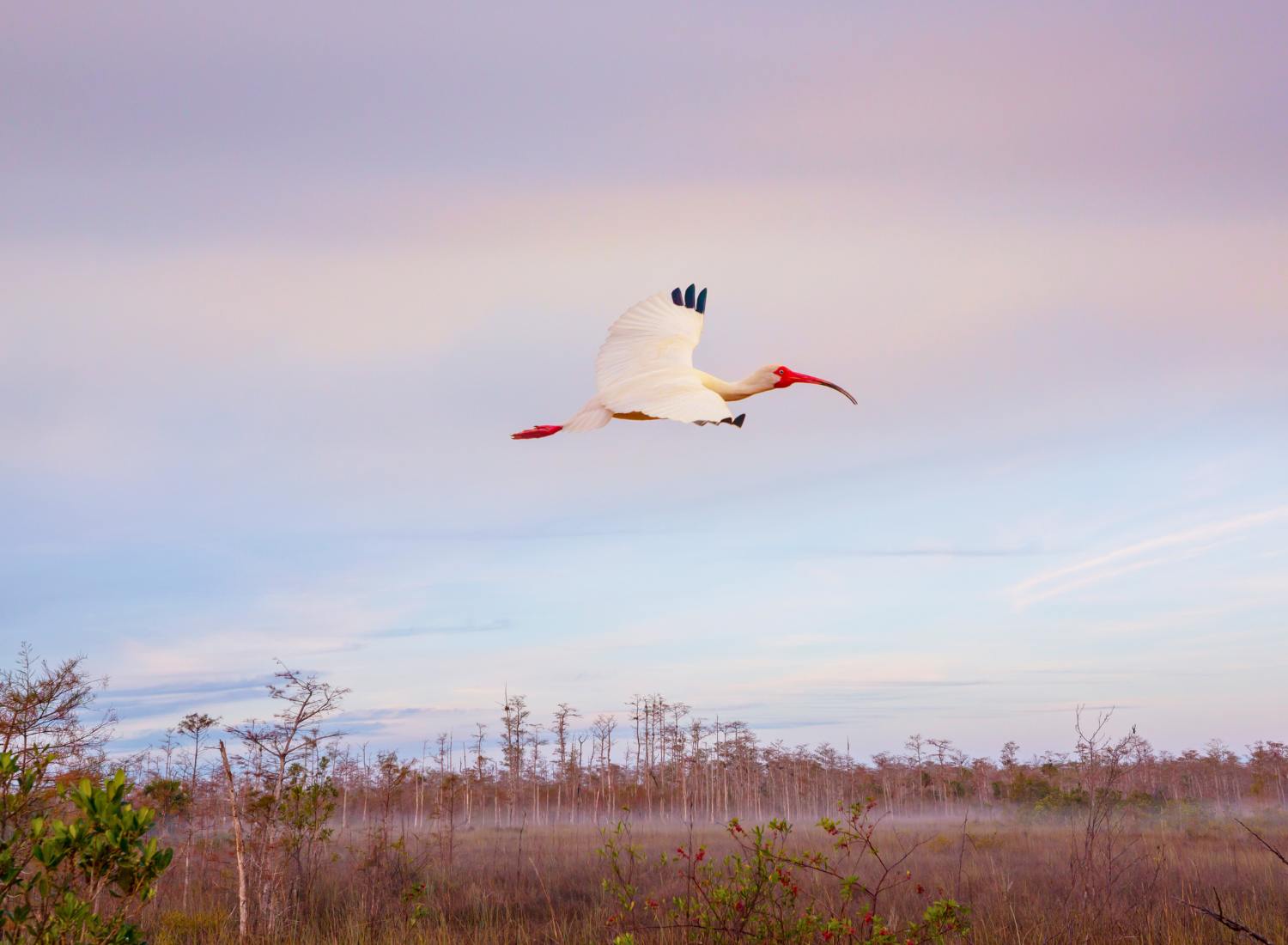Winter Visitor’s Guide to Everglades National Park, Florida

As the temperatures drop and the chill of winter sets in, many travelers find themselves yearning for a sunny escape. While beaches and ski resorts often come to mind, national parks can offer an equally rejuvenating getaway—particularly Everglades National Park in South Florida. A UNESCO World Heritage Site and one of the most unique ecosystems in the world, the Everglades is a winter wonderland of a different kind, offering warm weather, incredible wildlife, and a plethora of activities that make it an unbeatable destination for a seasonal retreat.
Here’s why Everglades National Park deserves a spot on your winter travel list, including its seasonal perks, must-visit locations, and a range of exciting activities to enjoy.
Why Visit the Everglades in Winter?
Visiting Everglades National Park during winter, which spans the park’s “dry season” (December through April), offers several advantages that make the trip enjoyable, comfortable, and packed with unique experiences.
1. Pleasant Weather
In the summer months, the Everglades are often sweltering, humid, and plagued by mosquitoes. Winter, however, brings milder temperatures averaging between 50°F and 77°F, making it much easier to explore the park’s vast landscapes. The dry season also means lower humidity levels, so you can hike, paddle, and birdwatch without breaking a sweat.
2. Fewer Mosquitoes
One of the biggest deterrents to visiting the Everglades during summer is its notorious mosquito population. Fortunately, winter sees a significant decline in these pests due to cooler, drier conditions, allowing visitors to enjoy the park without constantly swatting away bugs.
3. Prime Wildlife Viewing
The Everglades’ wildlife is particularly active during winter. Many animals congregate around dwindling water sources, making it easier to spot alligators, manatees, and wading birds. Bird migration peaks during this season, and the park becomes a haven for birdwatchers looking to spot rare species like roseate spoonbills, wood storks, and bald eagles.
Key Locations to Visit in the Everglades
Everglades National Park spans 1.5 million acres of protected wetlands, offering a variety of ecosystems, each with its own distinct beauty and experiences. Here are some must-visit spots within the park:
1. Shark Valley

Located in the northern part of the park, Shark Valley is a prime location for wildlife viewing. The Shark Valley Tram Trail, a 15-mile loop, can be explored on foot, bike, or via guided tram tours. At the trail’s midpoint, climb the Shark Valley Observation Tower for panoramic views of the surrounding sawgrass prairies and a chance to spot alligators basking in the sun.
2. Flamingo Visitor Center
Situated at the southernmost part of the park, the Flamingo area offers stunning views of Florida Bay and access to mangrove-lined waterways. This area is ideal for kayaking, canoeing, and spotting manatees and crocodiles in their natural habitat.
3. Anhinga Trail

Starting near the Royal Palm Visitor Center, the Anhinga Trail is one of the most accessible and wildlife-rich hikes in the park. This short boardwalk trail takes you through a freshwater slough where you can easily spot alligators, turtles, herons, and other iconic Everglades species.
4. Ten Thousand Islands

For a more remote adventure, visit the Ten Thousand Islands, a maze of mangrove islets that stretches into the Gulf of Mexico. Accessible from the Gulf Coast Visitor Center, this area is perfect for kayaking, fishing, and wildlife photography.
Top Activities to Enjoy in the Everglades
Whether you’re an outdoor enthusiast, a wildlife lover, or simply looking for some peaceful time in nature, Everglades National Park offers something for everyone. Here are some popular activities to try during your winter visit:
1. Bird Watching

The Everglades is a birdwatcher’s paradise, particularly in winter when migratory birds flock to the region. Bring binoculars and explore areas like Eco Pond, Paurotis Pond, or Snake Bight Trail for some of the best birding opportunities. Species to watch for include:
- Roseate Spoonbills
- Great Egrets
- Wood Storks
- Ospreys
- Bald Eagles
The diverse bird population makes every hike or paddle a chance to witness something extraordinary.
2. Water Recreation

The Everglades’ intricate network of waterways is perfect for canoeing, kayaking, and boating. Paddling through mangrove tunnels or along grassy waterways provides an up-close look at the park’s unique flora and fauna. Consider these popular water routes:
- Nine Mile Pond Canoe Trail: A loop through a mix of freshwater marshes and mangroves.
- Hell’s Bay Canoe Trail: A challenging yet rewarding paddle through dense mangroves to a secluded backcountry campsite.
- Florida Bay: Explore the open waters of the bay near Flamingo to spot manatees and dolphins.
For those who prefer guided experiences, ranger-led paddling tours are often available during the winter months.
3. Hiking and Nature Walks
Winter’s cooler weather makes hiking in the Everglades a much more enjoyable activity. Trails like the Gumbo Limbo Trail (a shaded path through a tropical hardwood hammock) or the Pinelands Trail (a walk through a pine rockland forest) offer peaceful escapes and chances to learn about the park’s unique ecosystems.
4. Photography
From vibrant sunsets over the wetlands to dramatic close-ups of wildlife, the Everglades offers countless opportunities for stunning photography. Winter’s lower humidity levels mean clearer skies, perfect for capturing landscape shots or stargazing in the evening.
5. Fishing
Anglers will find the Everglades teeming with opportunities to reel in fish like snook, redfish, and tarpon. Both freshwater and saltwater fishing are allowed in designated areas, making it a versatile destination for fishing enthusiasts.
Tips for Planning Your Winter Trip
To make the most of your Everglades adventure, keep the following tips in mind:
- Arrive Early: Winter is the park’s busiest season, so arriving early ensures you’ll beat the crowds and secure parking.
- Dress in Layers: While days are warm, mornings and evenings can be cool. Bring lightweight, moisture-wicking layers for comfort.
- Bring Sun Protection: Even in winter, the Florida sun can be intense. Sunscreen, sunglasses, and hats are essential.
- Pack Binoculars and a Camera: Wildlife is abundant, and you won’t want to miss the opportunity to capture memorable moments.
- Check for Ranger-Led Programs: The park offers ranger-guided activities during the dry season, including birding walks, canoe tours, and educational talks.
Conclusion
Everglades National Park offers a winter escape like no other, combining warm weather, abundant wildlife, and opportunities for adventure in one of the most remarkable ecosystems on Earth. Whether you’re exploring the waterways by kayak, hiking scenic trails, or simply soaking in the beauty of the wetlands, the Everglades promises a memorable and rejuvenating experience.
This winter, trade snowy landscapes for sunny swamps, and discover why the Everglades is one of the best national parks to visit during the colder months. From its vibrant wildlife to its endless activities, it’s a destination that deserves a spot on every traveler’s bucket list.
Your Adventure, Our Experience
At TheCampingList, our dedication to authenticity and reliability stems from our own adventures in the great outdoors. Our team, comprised of seasoned experts in hiking, camping, climbing, cycling, fishing, and hunting, rigorously tests every product and shares insights drawn from real experiences. This hands-on approach ensures our reviews and guides meet the highest standards of durability, functionality, and comfort. Moreover, our platform thrives on the rich contributions and feedback from our vibrant community of enthusiasts. We pride ourselves on delivering unbiased, educational content that empowers and informs your outdoor pursuits. Trust in TheCampingList for genuine advice and support, where we're all about enriching your journey, every step of the way.